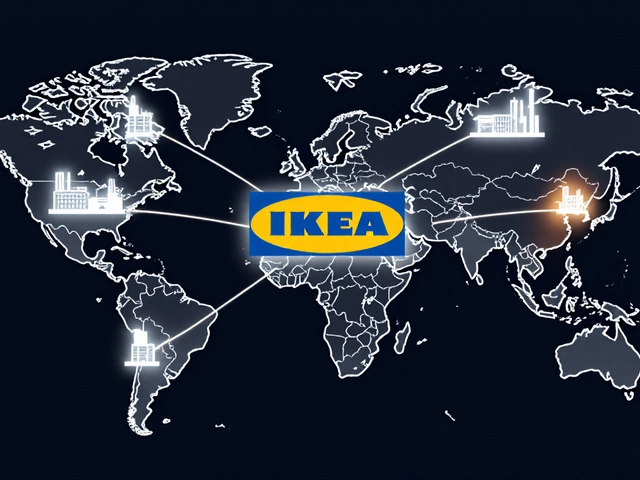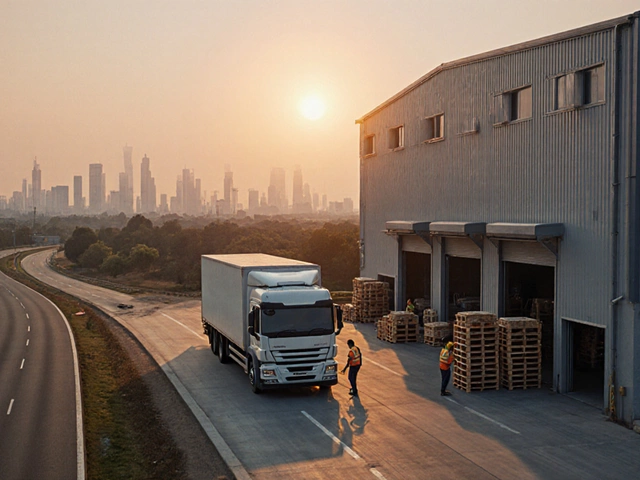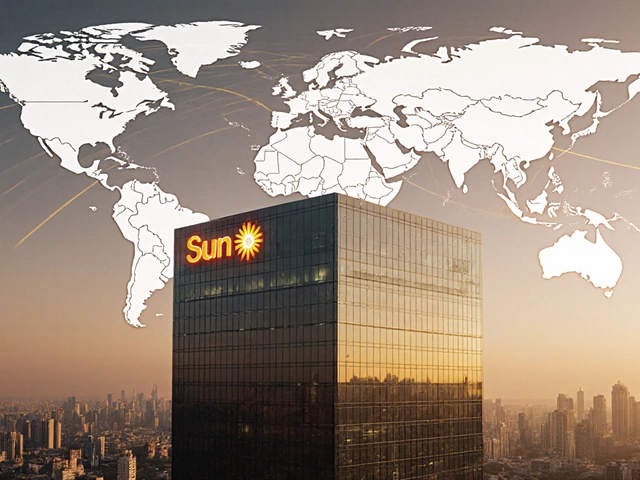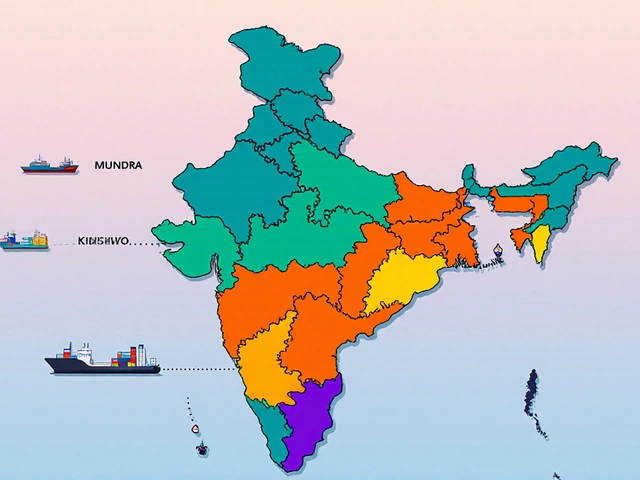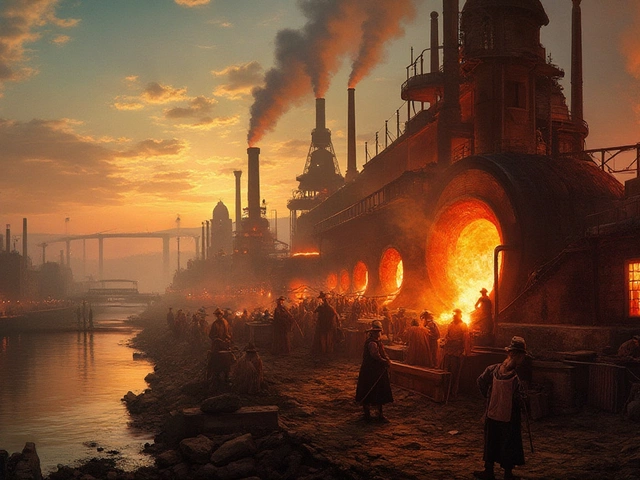Think all plastic can be tossed into the recycling bin and magically reborn into something new? Not quite. In reality, certain plastics just don't play nice with the usual recycling systems. If you work in or around plastic manufacturing, it's good to know which types will always stick out as problems.
So why does it even matter? Well, using plastics that can't be recycled can lead to extra disposal costs, unhappy clients, and a bigger mountain of waste at landfills. Identifying non-recyclable plastics early can save you time, money, and a lot of headaches.
- What Makes Some Plastics Non-Recyclable?
- The Usual Suspects: Types of Non-Recyclable Plastics
- Spotting Plastic Codes: What Do They Mean?
- What Are the Effects on Manufacturing?
- Smart Tips for Reducing Plastic Waste
What Makes Some Plastics Non-Recyclable?
Not all plastics are created for a second life. It usually comes down to chemistry and convenience. Most non-recyclable plastic types have structures or additives that mess with the recycling process. It’s not about the color or how they feel in your hand—it’s what goes on at the molecular level that decides if plastics can actually be melted down and reused.
One big reason is that certain plastics are made by mixing up lots of different materials. When you throw in colors, fillers, or chemical coatings, things get complicated. These extras can gum up recycling machines or lower the quality of the recycled plastic, which recycling companies don’t want.
Another wildcard? Plastic types like thermosets (think melamine or epoxy) are designed to keep their shape even when heated. Once they’re formed, that’s it—no more melting or remolding. Contrast this with thermoplastics, which can be reshaped multiple times, making them better for recycling.
If you want numbers, here’s a quick look at recycling by the type of plastic and their common recycling rates in big countries:
| Plastic Type | Common Example | Recycling Rate (%) |
|---|---|---|
| PET (Type 1) | Water Bottles | ~30% |
| HDPE (Type 2) | Milk Jugs | ~28% |
| Polystyrene (Type 6) | Foam Cups | <5% |
| Plastic Bags (LDPE/Type 4) | Grocery Bags | <10% |
| Polyvinyl Chloride (PVC/Type 3) | Pipes, Blister Packs | Rarely Recycled |
If the plastic item is dirty—say, a greasy food tray—or there's a tiny metal piece stuck in a plastic part, recyclers usually skip it. Cleaning and sorting gets pricey fast, so most mixed or contaminated plastics just end up in landfills.
Bottom line: recycling only works if the plastic is pure, simple, and designed for the process. The more complicated or mixed-up the material, the less likely anyone can recycle it cost-effectively.
The Usual Suspects: Types of Non-Recyclable Plastics
When you look closer, it's actually just a few types of plastic that cause most of the recycling headaches. Knowing these can help you spot non-recyclable plastic right away in your operations or even at home. Most of the time, the problem isn't high-tech—it's just chemistry and common use.
Here's a breakdown of the main troublemakers you should watch for:
- Polystyrene (PS): You'll find this stuff as foam cups, meat trays, or takeout containers. It’s cheap and lightweight, but it’s a nightmare to recycle because it breaks apart and contaminates other materials.
- Polyvinyl Chloride (PVC): Think old-school plumbing pipes, some toys, and packaging. It contains nasty additives, and it’s difficult (and expensive) to process safely in normal recycling plants.
- Low-Grade Plastics (Others/Type 7): This category is the wild west—items made from mixing different types of plastic or containing special layers (like some snack wrappers, pouches, or CD cases). Since they don’t fit into the main categories, they’re usually sent straight to landfill.
- Colored or Black Plastics: Most curbside programs don’t want these because sorting machines can't easily detect dark plastics, and colored plastic dyes can mess up batches of recycled material.
You’ve probably got these plastics around your house or shop right now. But most recycling centers just don’t have the tech or budget to handle them the right way. Here’s a quick look at how these plastics compare, by recyclability and real-world use:
| Plastic Type | Common Uses | Can It Be Recycled? |
|---|---|---|
| Polystyrene (PS) | Cups, food trays, packaging | No (in most areas) |
| Polyvinyl Chloride (PVC) | Pipes, toys, packaging | No |
| Type 7 (Other) | Mixed materials, CDs, some bottles | No |
| Black/Colored Plastics | Utensils, food trays, containers | No |
If you're manufacturing, keep these plastic recycling facts in mind when designing products or packaging. You’ll avoid getting stuck with material that just wastes money and ends up dumped instead of reused.

Spotting Plastic Codes: What Do They Mean?
If you've ever looked closely at the bottom of a bottle or a food container, you've probably seen a small triangle with a number inside. These numbers aren't just for show. They're the Resin Identification Codes (RICs), and they tell you a ton about the type of plastic in your hands.
Each number from 1 to 7 stands for a different kind of plastic. Not all of them make their way through the recycling process. Here's what you need to know about each:
- 1 (PET or PETE): Polyethylene Terephthalate. Think water bottles and soft drink bottles. Pretty much always recyclable.
- 2 (HDPE): High-Density Polyethylene. Used in milk jugs, detergent containers. Also widely recycled.
- 3 (PVC): Polyvinyl Chloride. Pipes, shrink wrap, and some food wrap. Hard to recycle and rarely accepted by most curbside programs.
- 4 (LDPE): Low-Density Polyethylene. Squeezable bottles, bread bags. Sometimes recycled, but usually not through city programs.
- 5 (PP): Polypropylene. Yogurt tubs, medicine bottles. Acceptance is increasing, but still hit or miss at recycling centers.
- 6 (PS): Polystyrene. Foam cups, takeout boxes, meat trays. Very tricky to recycle; most recycling centers won't take it.
- 7 (Other): This is the catch-all. Everything from polycarbonate to bioplastics. Most #7 plastics can’t be recycled through normal curbside programs.
To give you a feel for what gets recycled and what doesn't, check out this simple table from recent recycling facility reports:
| Plastic Code | Name | Common Uses | Recyclable? |
|---|---|---|---|
| 1 | PET | Water bottles | Yes |
| 2 | HDPE | Milk jugs | Yes |
| 3 | PVC | Pipes, packaging | No |
| 4 | LDPE | Bread bags | Rarely |
| 5 | PP | Yogurt tubs | Sometimes |
| 6 | PS | Foam cups | No |
| 7 | Other | Mixed items | No |
Bottom line? Just because it's plastic doesn't mean it can take a trip to the recycler. When in doubt, check that triangle at the bottom. If you're running a manufacturing business, avoid non-recyclable plastic types like #3, #6, and #7 as much as possible, especially if your clients care about sustainability or local recycling rules.
What Are the Effects on Manufacturing?
Using non-recyclable plastic has real consequences for manufacturers, way beyond just sorting waste. First off, if your process relies on plastics that can’t be recycled, you’re stuck with higher costs for disposal. Landfills aren’t cheap, and those costs can add up—especially for companies moving serious volumes.
Here’s another issue: clients and partners now ask more questions about sustainability. If you regularly use non-recyclable plastics, you might lose contracts to competitors who promote greener practices. Big brands like Unilever and Nestlé have already set targets to limit their use of hard-to-recycle plastics, so this trend will only get stronger.
Cleaning and sorting problems pop up too. When non-recyclable plastics sneak into recycling streams, they clog machines, slow everything down, and sometimes break equipment. Smaller companies feel this pain the most because downtime costs big money.
| Material | Disposal Cost per Tonne (USD) | Ease of Recycling |
|---|---|---|
| PVC (Type 3) | 120 | Difficult |
| Polystyrene (Type 6) | 110 | Nearly Impossible |
| LDPE (Type 4) | 80 | Challenging |
If you don’t keep an eye on these details, pretty soon you’re dealing with wasted batches, failed audits, and higher insurance costs (yep, some policies charge extra for waste risk now).
Want to avoid these hassles? Invest in updated equipment for better sorting, and always stay on top of changing plastic recycling rules in your area. If you’re making packaging, try to stick with clear PET or HDPE—these are the top choices for easy recycling. Small changes mean less stress, fewer fines, and happier customers in the long run.
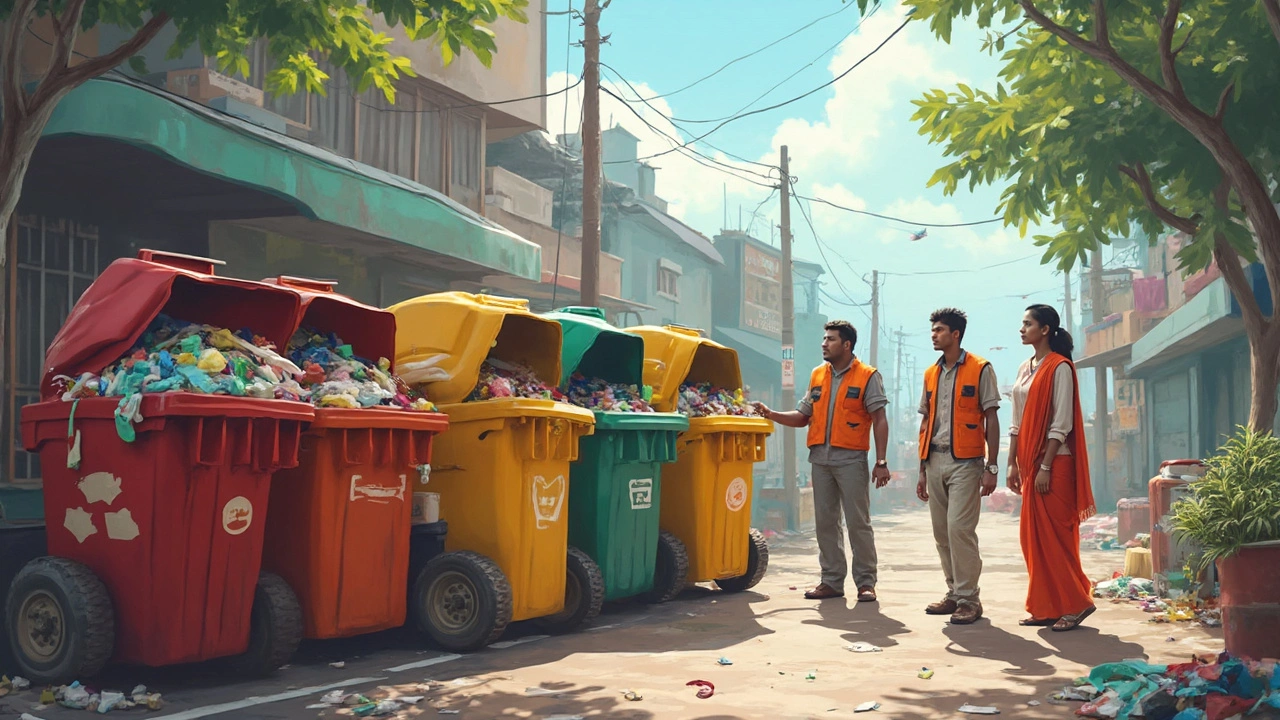
Smart Tips for Reducing Plastic Waste
Let’s face it, tossing non-recyclable stuff in the bin isn’t great for anyone. If you’re in plastic manufacturing, thinking about trash earlier in the process can save hassle and actual cash. Here’s what really works if you want to see less waste piling up around your shop or even at home.
- Switch to easily recycled plastics. Whenever you can, use plastics with a recycling code of 1 (PET) or 2 (HDPE). These types get processed pretty much everywhere, and most recycling plants love them.
- Separate plastics by type. Mixing non-recyclable plastics with the reusable kinds messes up the whole batch. Set up clear bins or colored bags so nobody chucks the wrong piece in.
- Reduce single-use packaging. Ditch excess wrappers or switch to alternate materials like cardboard or compostable films. Many brands now use molded pulp instead of plastic trays.
- Work with local recycling centers. Some cities accept extras like takeout containers or coffee cup lids, but others don’t. It’s worth making a quick call to see what actually gets processed in your area.
- Upcycle in creative ways. Plenty of companies are turning non-recyclable plastics into park benches, flooring, or even insulation sheets. If your factory has scraps, link up with one of these recyclers.
To give you a sense of which plastics are most often recycled (and which aren’t), here’s a quick look:
| Plastic Code | Common Name | Recyclable? |
|---|---|---|
| 1 | PET | Yes |
| 2 | HDPE | Yes |
| 3 | PVC | No |
| 4 | LDPE | Sometimes |
| 6 | PS (Styrofoam) | No |
| 7 | Other/Composite | No |
If you’re making decisions, aim for materials with a strong track record for plastic recycling. And if you’re just a consumer, push brands to use more of those. Every switch really cuts down on landfill waste and keeps those nasty microplastics out of the food chain.


